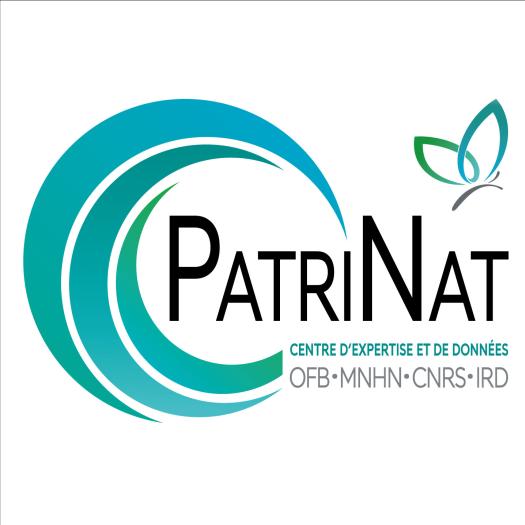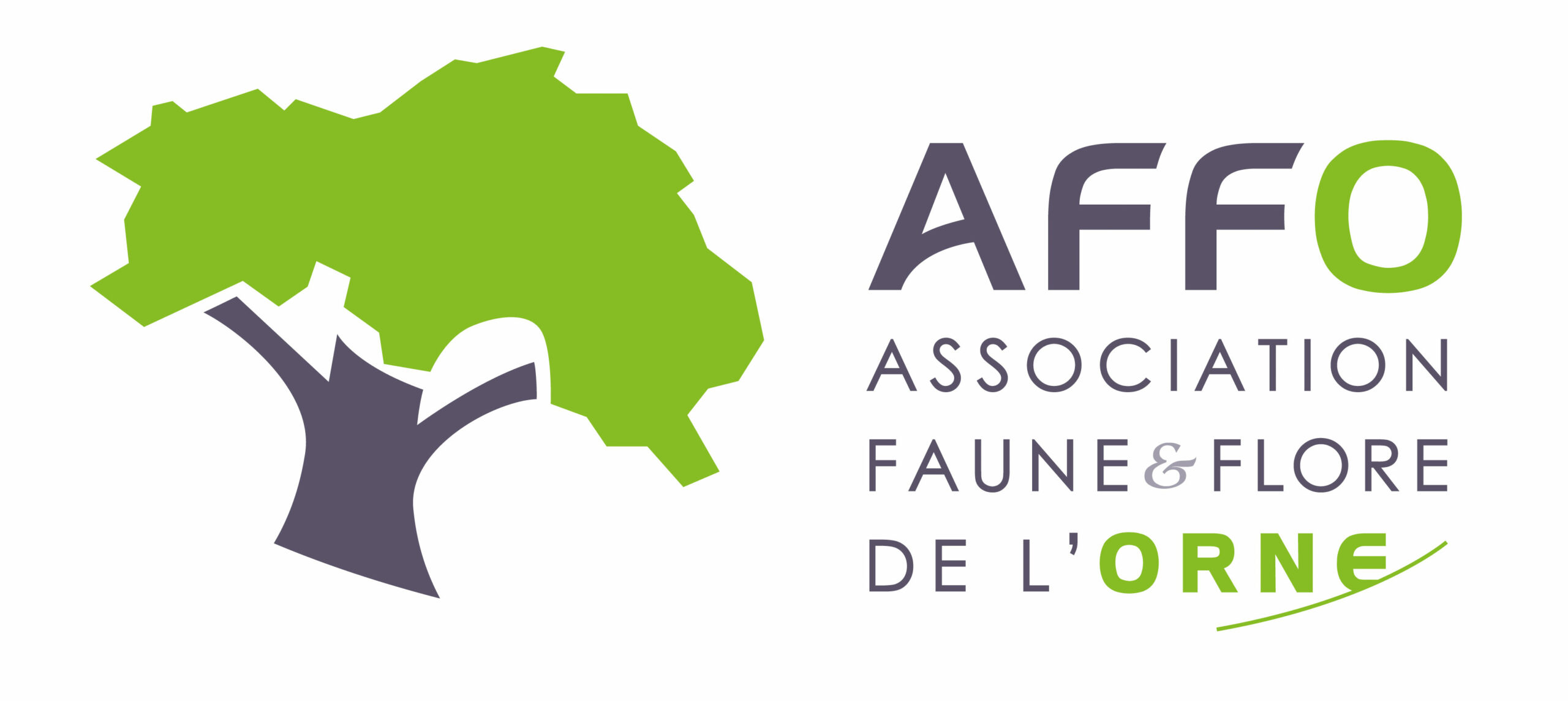Où cette espèce a-t-elle été observée ?
 Attention : cette espèce peut être présente où il n’y a pas de maille, mais à ce jour elle n’y a pas encore été observée.
Attention : cette espèce peut être présente où il n’y a pas de maille, mais à ce jour elle n’y a pas encore été observée.
- 311 observations
-
36
communes -
22
observateurs
13
organismes -
Première observation
1900 -
Dernière observation
2024
Belforêt-en-Perche - Belhomert-Guéhouville - Bellavilliers - Bretoncelles - Champrond-en-Gâtine - Chapelle-Guillaume - Charencey - Corbon - Cour-Maugis sur Huisne - Digny - Feings - Fontaine-Simon - Friaize - Igé - Irai - La Chapelle-Montligeon - La Ferté-Vidame - La Puisaye - La Ventrouze - Le Favril - Les Aspres - Les Genettes - L'Hôme-Chamondot - Longny les Villages - Montireau - Moutiers-au-Perche - Rémalard en Perche - Sablons sur Huisne - Saint-Éliph - Saint-Langis-lès-Mortagne - Saint-Maixme-Hauterive - Saint-Mard-de-Réno - Saint-Martin-du-Vieux-Bellême - Senonches - Soligny-la-Trappe - Tourouvre au Perche
-
PNR du Perche
Participation à 197 Observations
Part d'aide à la prospection : 63.34 %
Fiche organisme
-
Muséum national d'Histoire naturelle (MNHN)
Participation à 60 Observations
Part d'aide à la prospection : 19.29 %
Fiche organisme
-
DREAL Centre-Val de Loire
Participation à 36 Observations
Part d'aide à la prospection : 11.58 %
Fiche organisme
-
UMS PatriNat (OFB-CNRS-MNHN)
Participation à 10 Observations
Part d'aide à la prospection : 3.22 %
Fiche organisme
-
Ministère de la Transition écologique et de la Cohésion des territoires
Participation à 8 Observations
Part d'aide à la prospection : 2.57 %
Fiche organisme
-
France Nature Environnement Centre-Val de Loir
Participation à 7 Observations
Part d'aide à la prospection : 2.25 %
Fiche organisme
-
Société d'études ornithologiques de France (SEOF)
Participation à 7 Observations
Part d'aide à la prospection : 2.25 %
Fiche organisme
-
Association Faune & Flore de l'Orne (AFFO)
Participation à 5 Observations
Part d'aide à la prospection : 1.61 %
Fiche organisme
-
Système mondial d’information sur la biodiversité (GBIF)
Participation à 3 Observations
Part d'aide à la prospection : 0.96 %
Fiche organisme
-
Eure-et-Loir Nature
Participation à 2 Observations
Part d'aide à la prospection : 0.64 %
Fiche organisme
-
Office national des forêts (ONF)
Participation à 1 Observation
Part d'aide à la prospection : 0.32 %
Fiche organisme
-
Conservatoire d'espaces naturels du Centre-Val de Loire (CEN CVL)
Participation à 1 Observation
Part d'aide à la prospection : 0.32 %
Fiche organisme
Informations espèce
Source : Biodiv'Écrins, Parc national des Écrins
G3 : Forêts de conifères
G4 : Formations mixtes d'espèces caducifoliées et de conifères
Répartition actuelle en France métropolitaine
© INPN - Avertissement : les données visualisables reflètent l'état d'avancement des connaissances et/ou la disponibilité des données existantes au niveau national : elles ne peuvent en aucun cas être considérées comme exhaustives.
Répartition actuelle dans le monde
Avertissement : les données visualisables reflètent l'état d'avancement des connaissances et/ou la disponibilité des données existantes au niveau mondial : elles ne peuvent en aucun cas être considérées comme exhaustives.














